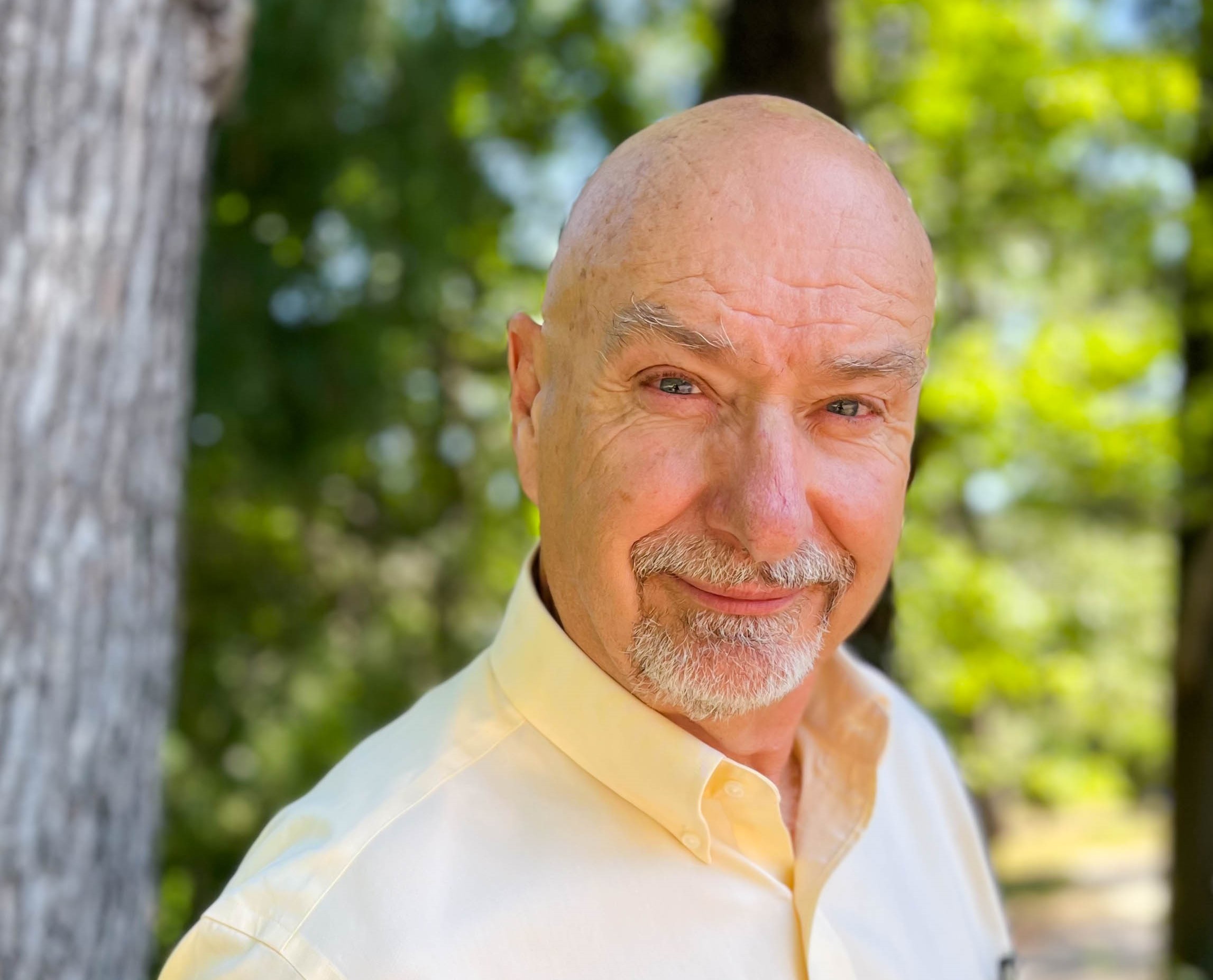Bobwhite Quail, an iconic favorite of both hunters and bird watchers are increasingly rare in South Carolina. Michael Small, biologist, will discuss the decline of Quail at the July Native Plant Society meeting and offer suggestions to reverse the trend. The meeting is set for Tuesday, July 16 at 7pm at Landrum Depot, 211 Trade Avenue, Landrum, SC.
The dramatic decline in Quail populations is linked to changes in land use. For much of the 20th century, the Southeast was a diverse mosaic of habitats. These habitats included row crops, native grasslands, fallow fields and forest, ideal areas for Quail. However, land use has changed. Vacant land is being rapidly developed. Farming practices have eliminated many of the “edge” areas that quail prefer.
Michael Small, a biologist with the South Carolina Department of Natural Resources, will offer suggestions for landowners to increase the amount of ideal Quail habitat on their property. Habitat edge, where a field meets a forest, pond or fence row is often better for quail than a uniform habitat. To enhance the “edge effect”, large fields can be divided into several small fields. This allows more buffer areas between fields. Good quality edge habitat includes gradual transition zones with diverse plant communities of different types and heights, including native grasses, legumes and shrubs. Often, some fairly simple steps, like changing mowing schedules, can get things going in the right direction of Quail.


